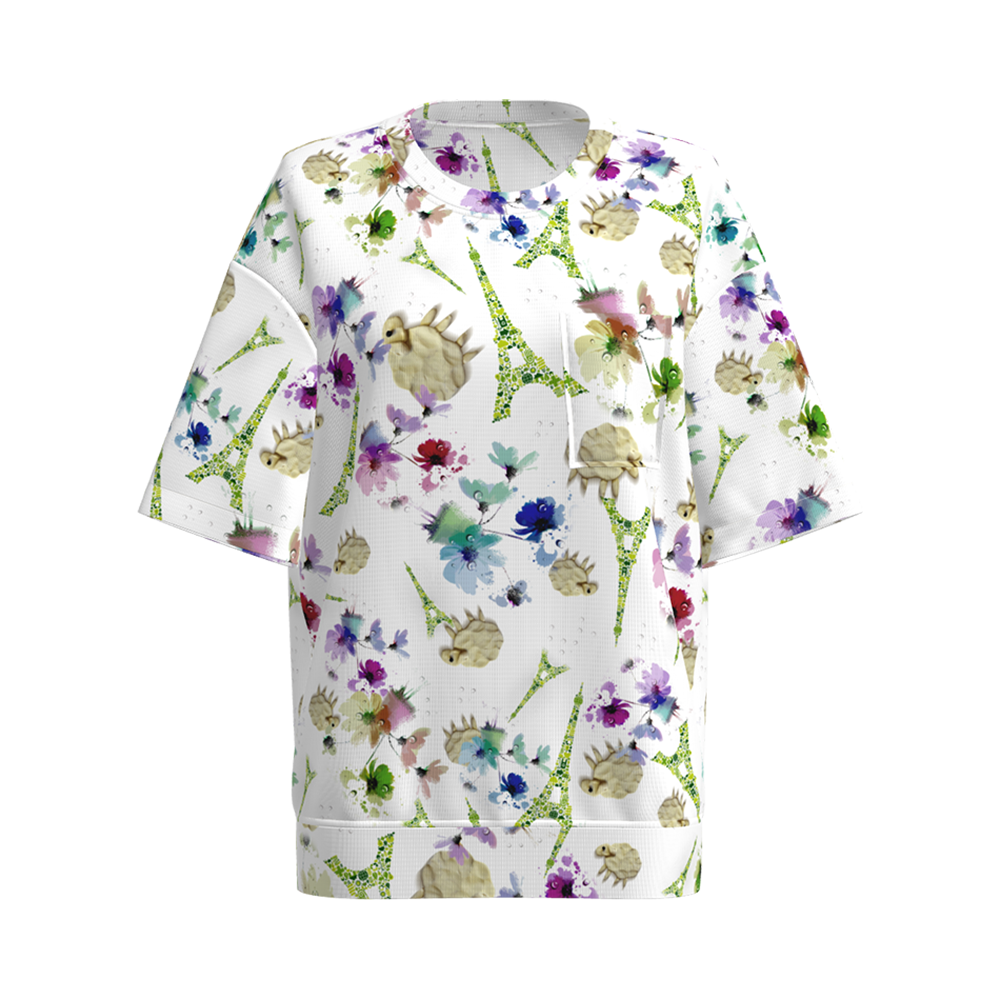
How does R/S single-sided knitted fabric optimize the environmental performance of digital printing with its color absorption characteristics?
In the process of the textile manufacturing industry moving towards sustainable development, R/S digital printing single-sided knitted fabric forms an efficient synergy with digital printing technology with its unique material properties, significantly reducing the resource consumption of traditional printing processes while improving color expression. The core advantage of this product lies in its optimized fiber structure and color absorption performance, which greatly improves the utilization rate of dyes, thereby reducing the use of wastewater and chemical auxiliaries while ensuring the color quality, providing a feasible technical path for the green transformation of the textile industry.
The fiber structure of R/S single-sided knitted fabric has been specially processed, and the yarns are arranged tightly and the surface is flat, so that it can accurately receive ink droplets during digital printing. Unlike ordinary knitted fabrics, the fiber surface of this fabric has a higher dye affinity, and the ink droplets quickly penetrate after contacting the fabric surface, rather than diffusing or volatilizing on the surface. This feature reduces the waste of dyes and avoids the common smudge problem in traditional printing, making the pattern edges sharper and the color transition smoother. Digital printing technology itself has the advantage of on-demand ink supply, and the efficient color absorption ability of R/S single-sided knitted fabric further amplifies this advantage, significantly reducing the overall dye consumption compared with traditional processes.
In terms of environmental protection, the combination of R/S single-sided knitted fabric and digital printing has changed the high-pollution mode of traditional textile printing and dyeing. Traditional printing relies on water slurry or glue slurry as a dye carrier, which not only requires a large amount of clean water to prepare the color paste, but also requires multiple subsequent washings to remove floating colors, resulting in high wastewater discharge. Digital printing uses direct injection technology, and the ink directly penetrates into the fiber. The color absorption characteristics of R/S single-sided knitted fabric ensure that the dye is firmly combined in the fiber, greatly reducing the need for subsequent washing. This process innovation not only saves water resources, but also reduces the cost of wastewater treatment, making the entire production process cleaner and more efficient.
In addition, the dye fixation ability of R/S single-sided knitted fabric improves the washability and color fastness of the printing. In traditional printing processes, dyes are often attached to the surface of the fiber and are easily detached due to friction or washing, affecting the life of the product. The fiber structure of the fabric allows the dye molecules to be embedded deeper into the yarn, forming a stable bond after high-temperature fixation, and maintaining its brightness even after repeated washing. This feature not only extends the use cycle of textiles, but also reduces the waste of resources caused by fading or scrapping, which is in line with the concept of circular economy.
From the perspective of production adaptability, the compatibility of R/S single-sided knitted fabric makes it suitable for a variety of environmentally friendly inks, such as water-based dispersed inks or some bio-based dyes, further broadening the possibility of sustainable printing. Traditional fabrics often have limited adaptability to dyes and rely on specific chemical auxiliaries to improve the dyeing rate. However, this product can achieve excellent color development even with low chemical auxiliaries due to its optimized color absorption mechanism. This enables manufacturers to gradually reduce their dependence on harmful chemicals without sacrificing quality, and promote the industry to develop in a safer and more environmentally friendly direction.
The emergence of R/S digitally printed single-sided knitted fabric not only represents the application of a new material, but also reflects a shift in manufacturing logic - that is, maximizing resource efficiency through the integration of material science and digital technology. Its high color absorption characteristics and the precise ink supply mode of digital printing jointly build a low-waste, high-precision production system, providing the textile industry with a solution that is both economical and environmentally friendly. In the future, as green manufacturing standards continue to improve, this type of high-efficiency medium fabric is expected to become the mainstream of the industry, and the technical path of R/S single-sided knitted fabric undoubtedly provides an important reference for this trend.
LATEST POST
Let’s create something amazing together
contact usDon't hesitate to contact when you need us!



 English
English 한국어
한국어 中文简体
中文简体

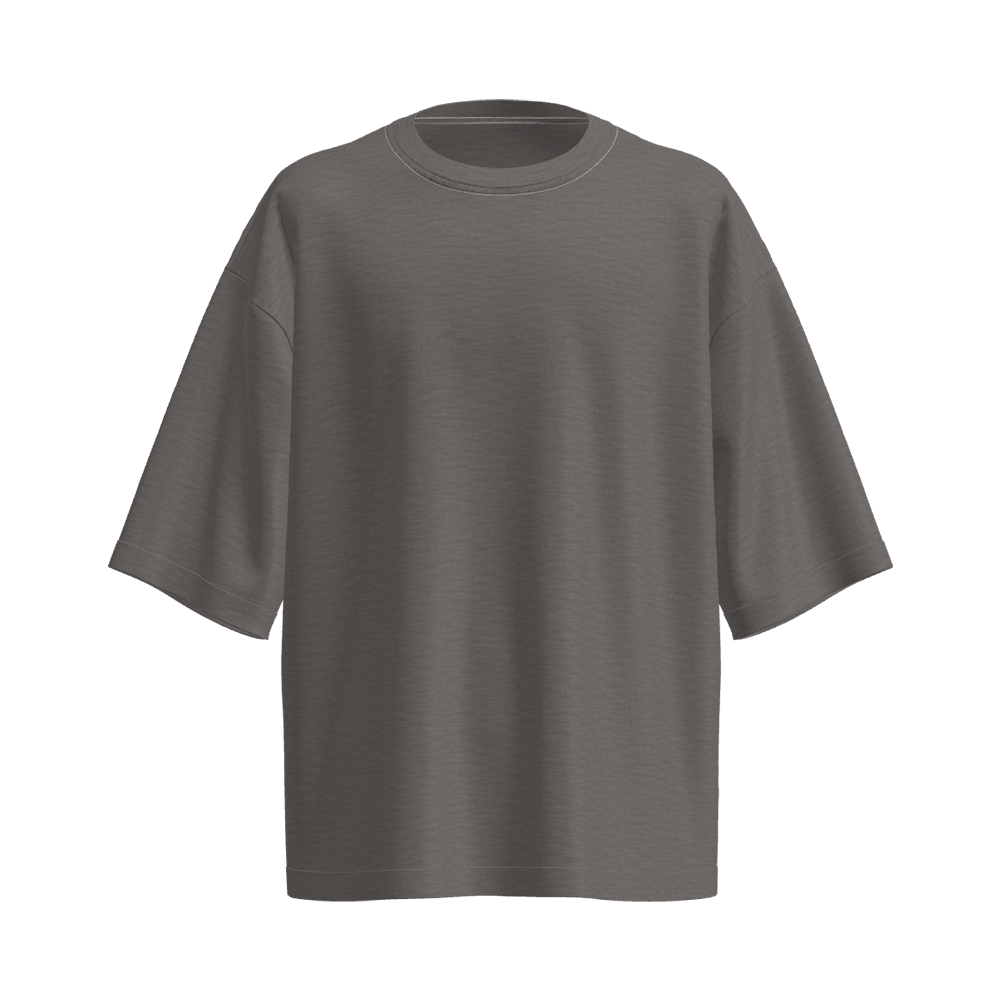
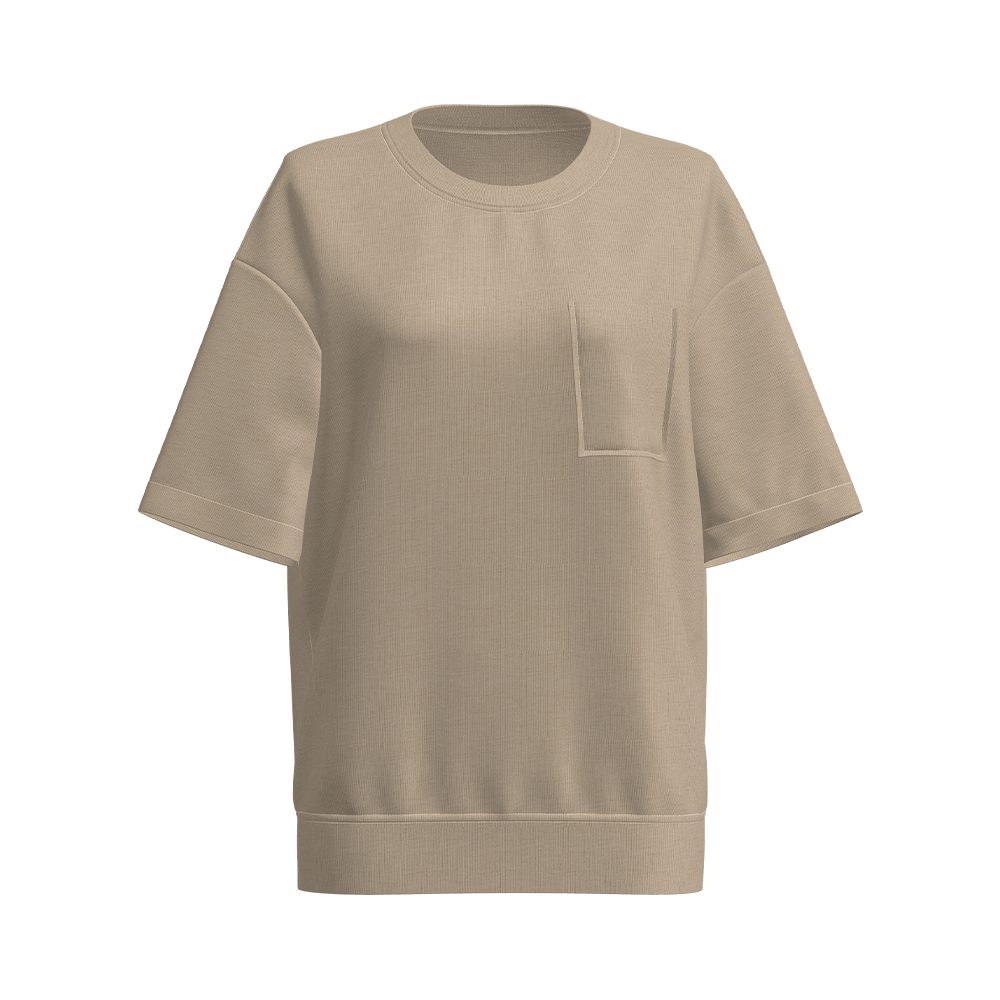
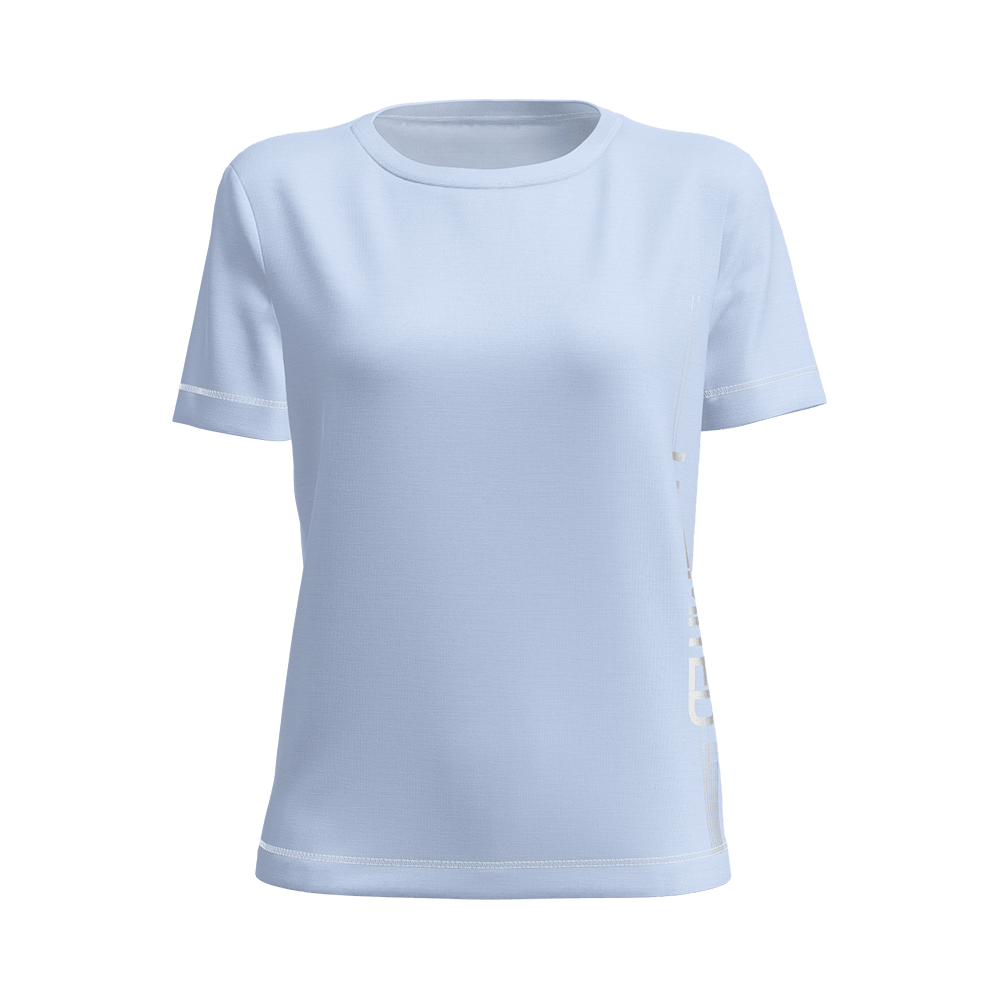
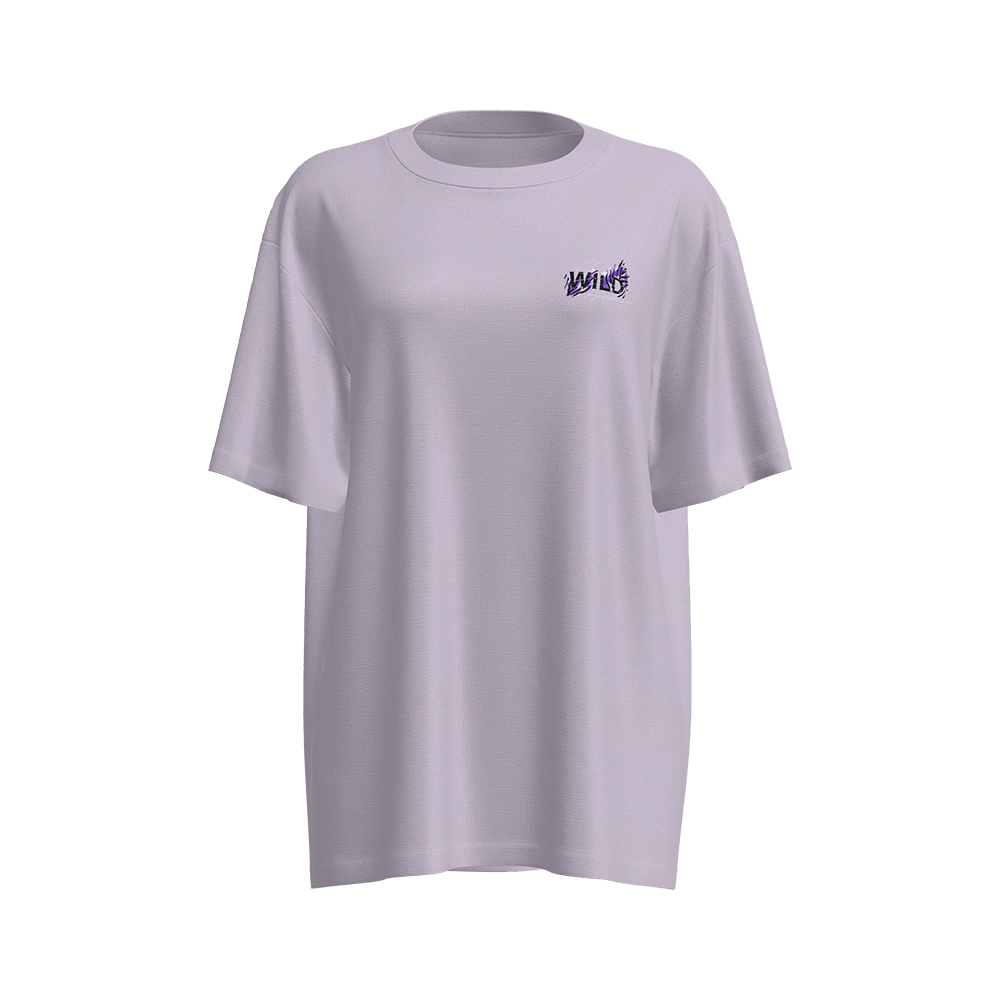
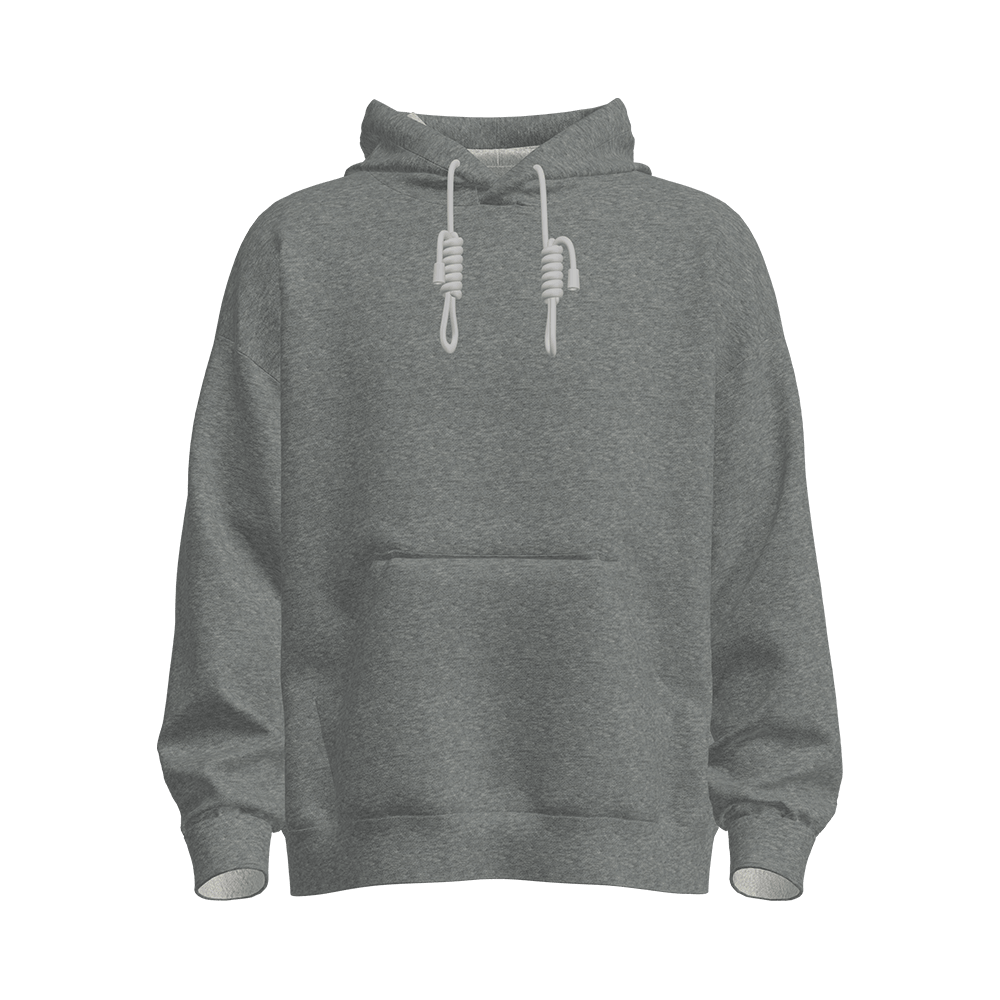
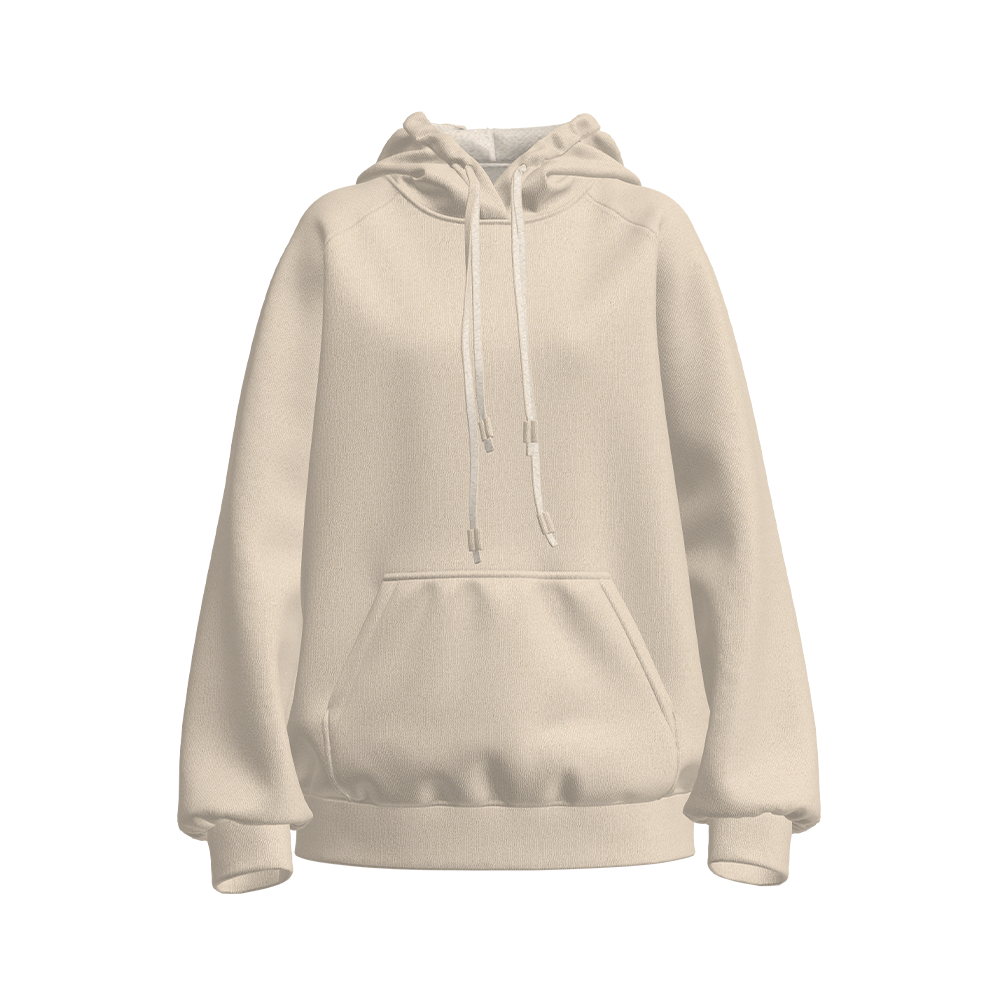


 +86-512-52528088
+86-512-52528088 +86-512-14546515
+86-512-14546515

